How our peers use micro-learning to educate audiences on everything from social injustice to COVID-19 to DIY.
2020 is a year unlike any other in American history. Our country is in a radical awakening. Many of us are finally beginning to educate ourselves on the racial and systemic injustices that America was built on. Earlier this year, the majority of our country also had to take a crash course in COVID 101.
These events have rocked us as a nation and have left us searching social media for ways to quickly educate ourselves on what’s going on. Whether on TikTok, Instagram, Facebook or LinkedIn, audiences have been feverishly micro-learning or consuming bite-size pieces of content. Whether through video content or descriptive social media graphics, micro-learning is educating people on everything from the critical importance of the Black Lives Matter Movement, which was reignited after the death of George Floyd by a police officer, to COVID updates and DIY projects to pass the time during the quarantine.
This micro-learning has not only afforded adults the opportunity of learning important lessons in brief periods, it’s also provided the same opportunity for students as young as elementary school. Students who spent the last two and a half months of the 2020 school year at home may have received less “formal” education than usual, however the micro-lessons they learned about history, science or technology may have been more impactful than what they would have learned from out-dated textbooks. For example, not only is public school curriculum whitewashed, it’s often been blatantly inaccurate … ie: Christopher Columbus. A handful of social media posts by a racial justice advocate could spur a student to question and begin to totally rethink their take on the foundations our country was built on. While there is still much to learn about the long-term effects the hiatus from formal education may have had on students, it makes you question if an educational revolution could be on the horizon? Public school teachers were among those who successfully used social media as a tool to both relate to and better educate students. Time will tell how this segment of the saga that is 2020 will play out.
Systemic Inequality
Social justice activists and social media influencers alike have taken to their platforms to educate followers on deeply complex subjects like white privilege and systemic racism, sharing this content in such a way that people can begin to understand the very tip of a deeply broken and complex system of racial inequality. While some may have heard of the term “redlining,” a brief cartoon video can allow viewers to begin to understand what it is. (As a white woman who has had her head buried in the sand for far too long, this kind of content has been pivotal in helping me find Black influencers to follow as well as books and podcasts that are making me aware of the injustices the Black community has had since the inception of our country. With that said, I know I will never be able to learn as much as I should on this matter but I’ll never stop trying).
Some activists and social media influencers I like to follow include:
@rachel.cargle
@donte.colleyÂ
@theconciouskid
@reclaimtheblock
@vanjones
@colorofchange
COVID-19
When COVID-19 brought the country to a halt in mid-March, Americans were desperate for information. While news and medical publications both shared in-depth information about the disease, including its origins, symptoms, the populations it most greatly affected and safety measures, those resources could quickly become overwhelming. When that happened, Americans took to micro-learning to find their answers. Need to make a home-made face mask for a quick trip to the grocery store? Kate Hudson has you covered. Unsure of how to sanitize your groceries? Dr. Sanjay Gupta can give you a tutorial in less than two minutes, all thanks to short yet informative pieces of content.
Quarantine DIY
Aside from looking for answers at the onset of COVID, people were also looking for ways to pass the time. With stay-at-home orders in effect and the temporary closures of schools, parks, bars, restaurants and offices, people were desperate for something, anything, to do. Prior to COVID, social media was already an easy way to pass the time. Now, as people had nothing to do and nowhere to be, social media consumption correspondingly increased, including micro-learning. Typically, popular spring activities might consist of spring breaking in Florida or visiting a vineyard that has come back to life again after the winter. This was not the case for the spring of 2020. Instead of hitting the beach, people pulled out Instagram and looked for short tutorials on how to make lemon bundt cake, create balloon art and concoct the short-lived whipped coffee-trend.
From critically important information like learning about America’s history of systemic racism to finding out how to keep yourself safe from COVID-19, micro-learning has become one of the most powerful resources for non-formal education. With the increase in popularity of platforms like Instagram and TikTok, it seems like this learning format will remain the norm for quick yet impactful learning.
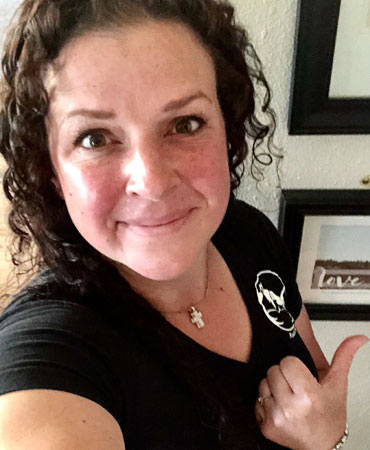
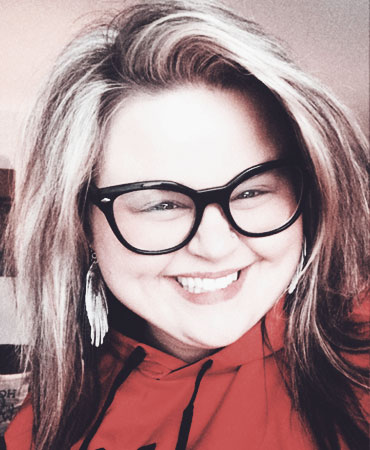
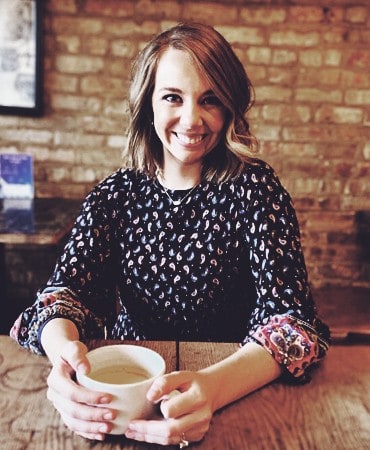
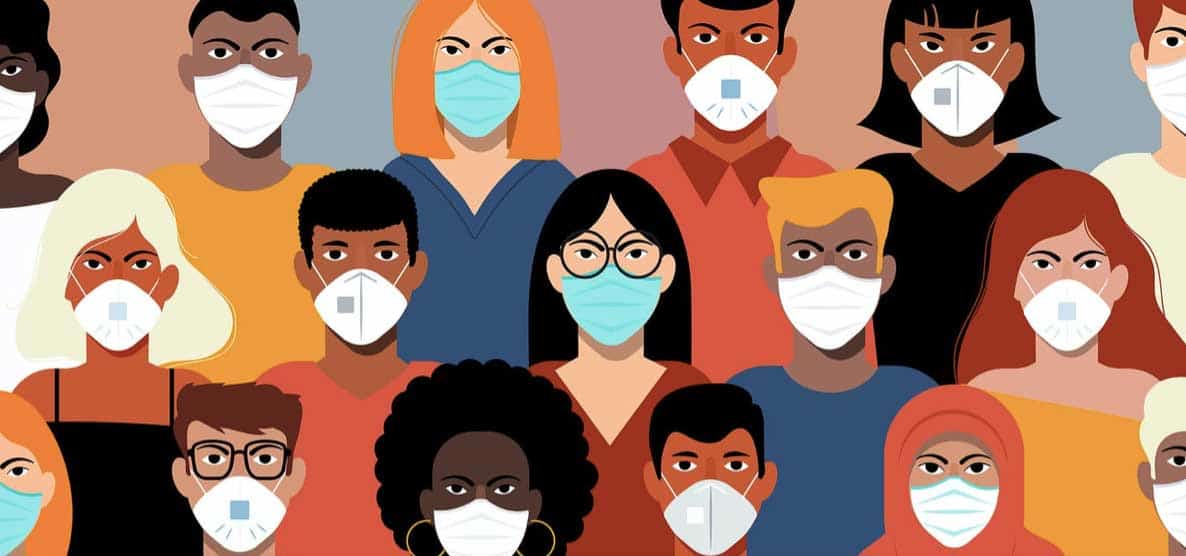


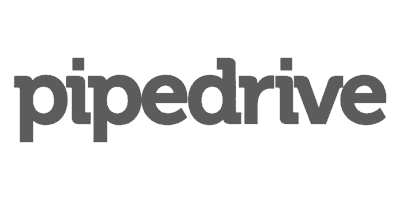

0 Comments